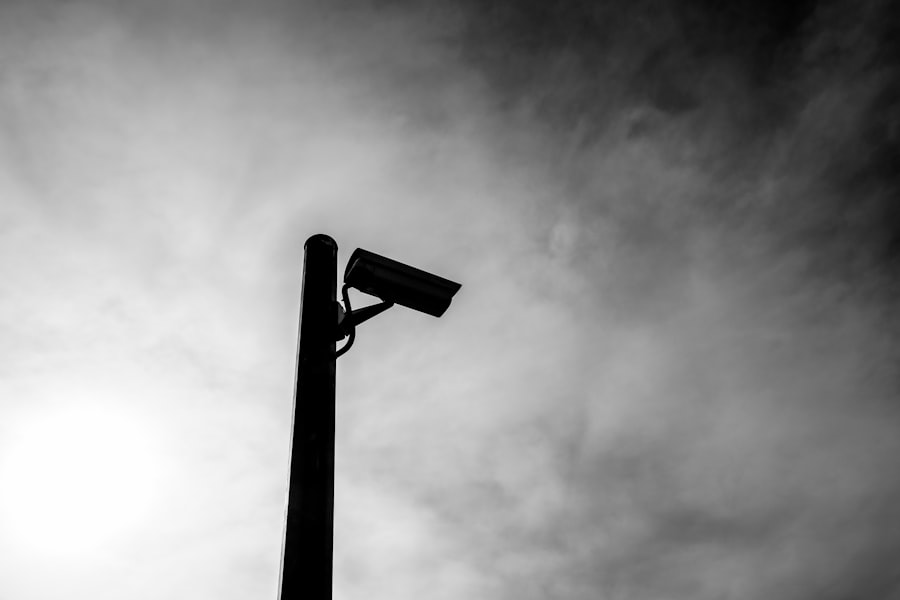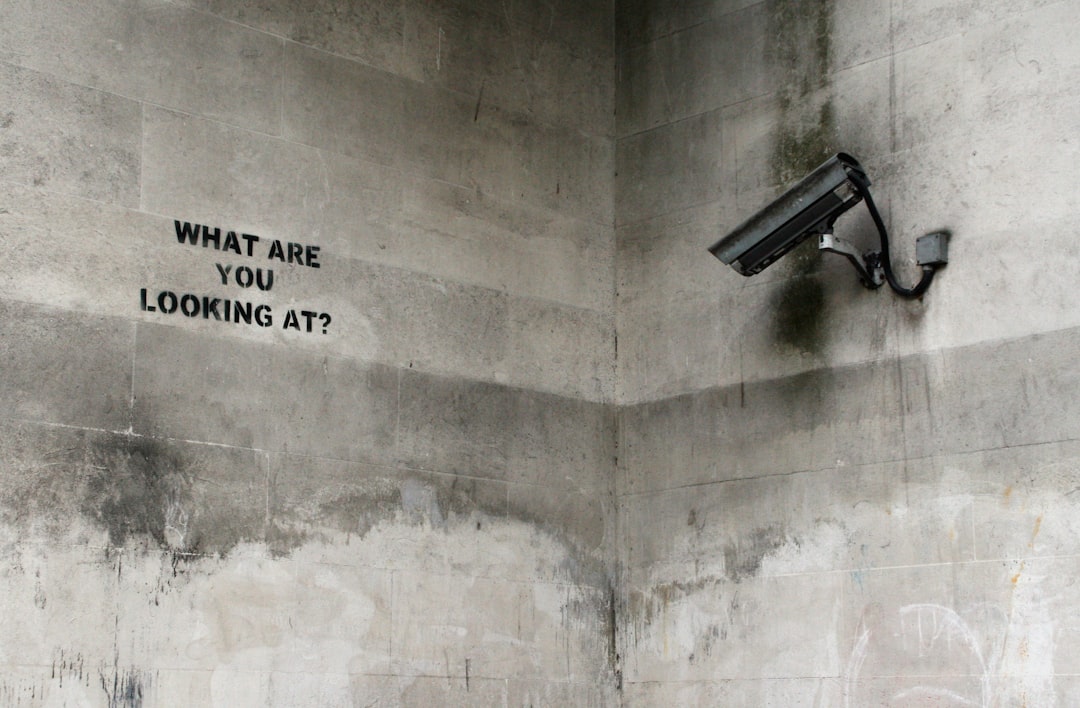In recent years, the phenomenon of Unidentified Aerial Phenomena (UAP) has garnered significant attention, particularly within military circles. As the public’s curiosity about UAP grows, so does the role of military whistleblowers—individuals who expose information that may be classified or suppressed. These whistleblowers often risk their careers and personal safety to bring to light information that could reshape public understanding of UAP.
Their testimonies can provide critical insights into encounters that have been shrouded in secrecy, thus playing a pivotal role in the ongoing discourse surrounding UAP. Military whistleblowers operate in a unique environment where the stakes are exceptionally high. They navigate a complex web of regulations, potential repercussions, and the moral imperative to disclose information that could be of national interest.
The intersection of military operations and UAP phenomena raises questions about transparency, accountability, and the ethical responsibilities of those who serve. Understanding the motivations and challenges faced by these individuals is essential for grasping the broader implications of their disclosures on both military policy and public perception.
Key Takeaways
- Military whistleblowers play a crucial role in disclosing information about Unidentified Aerial Phenomena (UAP) and are essential in understanding this phenomenon.
- Historical cases of military whistleblowers and their encounters with UAP highlight the significance of their testimonies in UAP research.
- Military whistleblowers face challenges in reporting UAP, including fear of retaliation and lack of support from their superiors.
- Government responses to military whistleblower claims about UAP vary, and there is a need to protect whistleblowers in UAP investigations.
- Collaboration between military whistleblowers and UAP researchers is essential for the future of UAP disclosure and understanding this phenomenon.
The Role of Military Whistleblowers in UAP Disclosure
Military whistleblowers serve as crucial conduits for information regarding UAP, often providing firsthand accounts of encounters that challenge conventional understanding. Their unique positions within the military afford them access to classified data and operational insights that are not available to the general public. By coming forward, these individuals can illuminate aspects of UAP that might otherwise remain obscured, fostering a more informed dialogue about these phenomena.
Their testimonies can catalyze investigations, prompting governmental and scientific bodies to take UAP seriously. Moreover, military whistleblowers often bring credibility to the discourse surrounding UAP due to their training and experience. Many have served in roles that require rigorous adherence to protocols and a deep understanding of aviation technology and defense systems.
This background lends weight to their claims, making it more difficult for skeptics to dismiss their accounts as mere fabrications or misunderstandings. As such, their contributions are invaluable in shifting the narrative from one of ridicule to one of serious inquiry.
Historical Cases of Military Whistleblowers and UAP Encounters

Throughout history, there have been notable instances where military personnel have come forward with accounts of UAP encounters. One of the most famous cases involves the 2004 USS Princeton incident, where Navy radar operators reported tracking unidentified objects that exhibited flight patterns beyond known technology. The testimonies from those involved provided a glimpse into the complexities of military encounters with UAP, highlighting both the intrigue and the confusion that often accompanies such experiences.
Another significant case is that of retired Air Force officer Robert Salas, who has publicly discussed an incident in 1967 involving a missile launch control facility in Montana. According to Salas, UAP were observed hovering over the facility, coinciding with a temporary shutdown of nuclear missiles. His account raises critical questions about the implications of UAP on national security and the potential risks associated with these unexplained phenomena.
Such historical cases underscore the importance of military whistleblowers in documenting encounters that could have far-reaching consequences.
Challenges Faced by Military Whistleblowers in Reporting UAP
| Challenges Faced by Military Whistleblowers in Reporting UAP |
|---|
| Lack of Official Channels |
| Fear of Retaliation |
| Lack of Credibility |
| Legal and Ethical Concerns |
| Public Scrutiny |
Despite their critical role, military whistleblowers face numerous challenges when reporting UAP encounters. One significant hurdle is the fear of retaliation from superiors or peers. The military culture often emphasizes loyalty and conformity, making it difficult for individuals to speak out without fearing career repercussions.
This fear can lead to self-censorship, where potential whistleblowers choose to remain silent rather than risk their livelihoods or reputations. Additionally, the bureaucratic nature of military reporting systems can complicate the process for whistleblowers. Many are unsure about how to navigate the channels for reporting UAP sightings or concerns, leading to confusion and frustration.
The lack of clear guidelines on how to report such phenomena can deter individuals from coming forward, ultimately stifling valuable information that could enhance understanding of UAP.
The Impact of Military Whistleblower Testimonies on UAP Research
The testimonies provided by military whistleblowers have a profound impact on UAP research and investigation efforts. Their firsthand accounts can serve as a catalyst for further inquiry, prompting researchers to explore specific incidents in greater detail. By providing context and credibility, these testimonies can help bridge the gap between anecdotal evidence and scientific investigation, encouraging a more rigorous examination of UAP phenomena.
Furthermore, military whistleblower accounts can influence public perception and policy regarding UAP. As more individuals come forward with credible testimonies, it becomes increasingly difficult for authorities to dismiss these phenomena as mere myths or hoaxes. This shift in perception can lead to increased funding for research initiatives and a more open dialogue about the implications of UAP on national security and scientific inquiry.
Government Responses to Military Whistleblower Claims about UAP

Government responses to military whistleblower claims regarding UAP have varied over time, reflecting broader societal attitudes toward these phenomena.
The establishment of task forces dedicated to investigating UAP sightings marks a significant change in how governments approach this issue, signaling a willingness to take claims seriously.
However, skepticism still exists within certain government sectors regarding the validity of whistleblower claims. Some officials may view these accounts as anecdotal or lacking sufficient evidence for further investigation. This ambivalence can create an environment where whistleblowers feel unsupported or marginalized, potentially discouraging future disclosures.
Balancing the need for thorough investigation with respect for those who come forward remains a challenge for government entities.
The Importance of Protecting Military Whistleblowers in UAP Investigations
Protecting military whistleblowers is essential for fostering an environment conducive to open dialogue about UAP encounters. Without adequate protections in place, individuals may be reluctant to share their experiences or concerns due to fear of retaliation or ostracism. Establishing clear policies that safeguard whistleblowers can encourage more personnel to come forward with valuable information that could enhance understanding of UAP phenomena.
Moreover, protecting whistleblowers aligns with broader ethical principles regarding transparency and accountability within government institutions. By ensuring that those who disclose information are shielded from negative consequences, authorities can promote a culture of integrity and trust within the military community. This commitment to protection not only benefits individual whistleblowers but also serves the greater good by facilitating a more comprehensive investigation into UAP.
The Ethics of Military Whistleblowing in UAP Cases
The ethics surrounding military whistleblowing in UAP cases are complex and multifaceted. On one hand, there is a moral imperative for individuals to disclose information that could have significant implications for national security or public safety. On the other hand, there are concerns about operational security and the potential risks associated with revealing sensitive information.
Navigating these ethical dilemmas requires careful consideration of both individual motivations and broader societal implications. Whistleblowers must weigh their desire for transparency against potential consequences for themselves and their colleagues. Ultimately, fostering an ethical framework that encourages responsible disclosure while safeguarding national interests is crucial for addressing the challenges posed by UAP encounters.
Collaboration between Military Whistleblowers and UAP Researchers
Collaboration between military whistleblowers and UAP researchers can yield valuable insights into unexplained phenomena. By working together, these two groups can combine their expertise—military personnel bringing firsthand experience and researchers offering analytical frameworks—to deepen understanding of UAP encounters. Such partnerships can facilitate more rigorous investigations and promote a culture of inquiry that transcends traditional boundaries.
Moreover, collaboration can help bridge the gap between anecdotal evidence and scientific validation. Researchers can utilize testimonies from military whistleblowers as starting points for further investigation, employing scientific methods to analyze patterns or correlations within reported encounters. This synergy not only enhances research efforts but also fosters mutual respect between those who serve in the military and those dedicated to studying UAP.
The Future of UAP Disclosure and the Role of Military Whistleblowers
The future of UAP disclosure is likely to be shaped significantly by the actions and testimonies of military whistleblowers.
This shift could lead to an influx of credible accounts that enrich the ongoing discourse surrounding UAP.
Additionally, advancements in technology may facilitate more comprehensive investigations into UAP encounters. As researchers gain access to improved analytical tools and methodologies, they will be better equipped to assess claims made by military whistleblowers critically. This evolution could pave the way for a new era of transparency regarding UAP phenomena, ultimately leading to a deeper understanding of their implications for humanity.
The Continued Need for Military Whistleblowers in UAP Investigations
In conclusion, military whistleblowers play an indispensable role in advancing knowledge about Unidentified Aerial Phenomena. Their courage in coming forward with testimonies not only enriches research efforts but also fosters a culture of transparency within military institutions. As society continues to grapple with questions surrounding UAP, it is essential to recognize and support those who risk their careers to shed light on these enigmatic occurrences.
The ongoing need for military whistleblowers underscores the importance of creating an environment where individuals feel safe disclosing information without fear of retaliation. By prioritizing protections for these individuals and encouraging collaboration between military personnel and researchers, society can move closer to unraveling the mysteries surrounding UAP while upholding ethical standards in disclosure practices. Ultimately, the journey toward understanding these phenomena will require continued vigilance and commitment from all stakeholders involved.
In recent years, the topic of Unidentified Aerial Phenomena (UAP) has gained significant attention, particularly with the involvement of military whistleblowers who have come forward with their experiences and evidence. These individuals have played a crucial role in bringing to light the mysterious encounters that have puzzled both the public and experts alike. For those interested in delving deeper into the subject, an insightful article can be found on the X File Findings website. This article explores the implications of military whistleblowers’ testimonies and the broader impact on our understanding of UAPs. To read more about this fascinating topic, visit the article on
